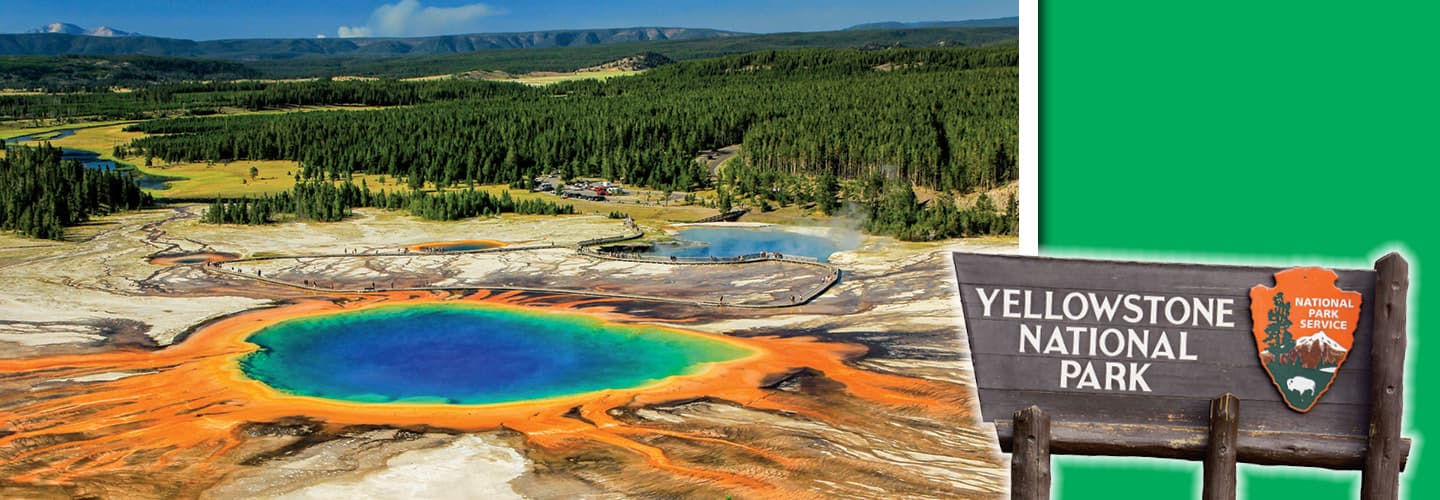With the pandemic forcing Americans across the country into lockdowns and isolation the past two years, many people have found a way to seek adventure while social distancing: by visiting national parks.
Americans flocked to national parks in record numbers in 2021. Yellowstone National Park, for instance, which is located primarily in northwestern Wyoming and extends into Montana and Idaho, saw attendance surpass 4 million.
But Angela Ke, an 18-year-old from Los Altos, California, didn’t just visit Yellowstone this past summer—she also lived and worked in the park. Ke was one of 12 teenagers who made up Yellowstone’s Youth Conservation Corps. The teens installed trailhead signs and bear-proof food storage boxes, collected data on wildlife, and tracked visitor movements. They also went on hiking and rafting expeditions throughout the park.
For the past two years, the pandemic has forced Americans across the country into lockdowns and isolation. Still, many people have found a way to seek adventure while social distancing by visiting national parks.
Americans flocked to national parks in record numbers in 2021. Among them is Yellowstone National Park. Most of the park is in northwestern Wyoming, but its territory extends into Montana and Idaho. Attendance at Yellowstone surpassed 4 million last year.
Angela Ke, an 18-year-old from Los Altos, California, spent time in Yellowstone this past summer. But she did more than visit; she also lived and worked in the park.
Ke was one of 12 teenagers who made up Yellowstone’s Youth Conservation Corps. The teens installed trailhead signs and bear-proof food storage boxes. They collected data on wildlife and tracked visitor movements. They also went on hiking and rafting trips throughout the park.

